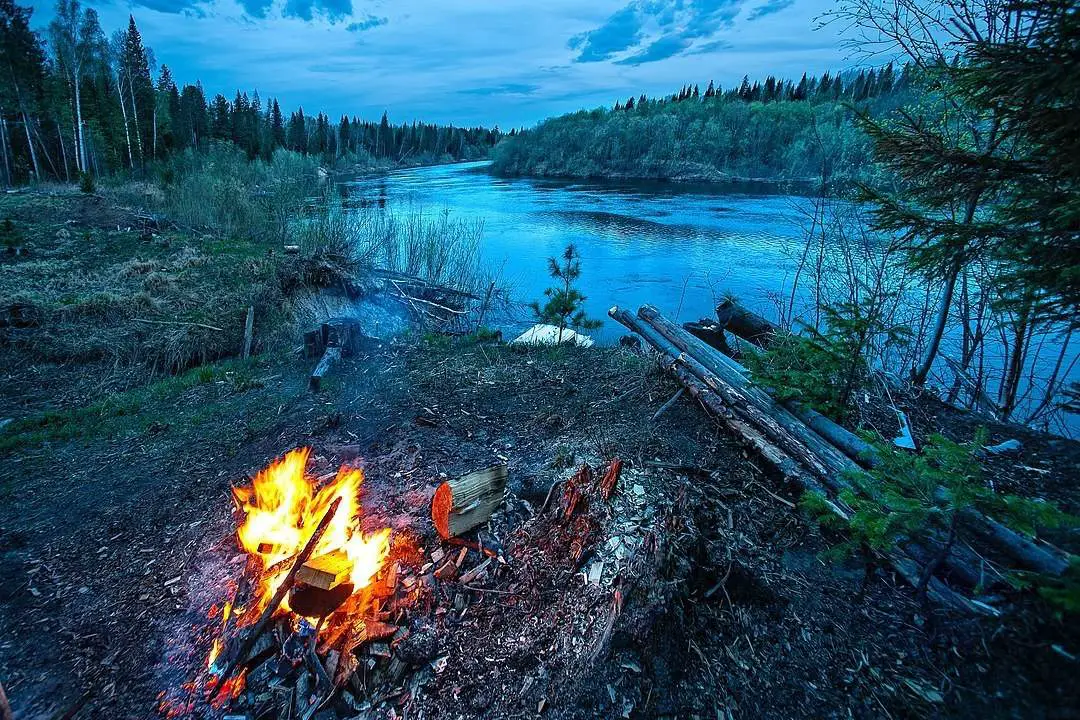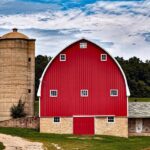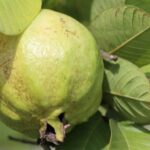Table of Contents
Freshwater clams are a unique and often overlooked culinary delight, thriving in rivers, lakes, and ponds around the world.

These bivalve mollusks not only offer a distinct flavor profile but also bring nutritional benefits and environmental considerations to the table.
This comprehensive guide delves into the essentials of freshwater clams, from their natural habitat and nutritional value to safe harvesting practices, cooking techniques, and beyond.
The Natural Habitat of Freshwater Clams
Understanding Their Ecosystem
Freshwater clams contribute significantly to aquatic ecosystems. They act as natural filters, cleaning the water by feeding on small particles, which helps maintain the clarity and quality of their habitats.
These ecosystems range from slow-moving rivers and streams to lakes and ponds, where clams bury themselves in the mud or sand.
Seasonal Behaviors and Locations
The activity and availability of freshwater clams vary with seasons. During warmer months, they are more active and easier to find, as their metabolic rates increase.
In contrast, colder temperatures see them burrowing deeper into sediments, making them harder to locate and harvest.
Nutritional Value of Freshwater Clams
Freshwater clams are rich in protein, omega-3 fatty acids, vitamins, and minerals such as iron, zinc, and vitamin B12.
These nutrients contribute to heart health, boost the immune system, and help in the production of red blood cells.
When compared to other seafood, freshwater clams stand out for their higher iron content.
However, it’s important to note that, like any seafood, the nutritional value of clams can be affected by the water quality in which they live.
How to Safely Harvest Freshwater Clams
Harvesting freshwater clams can be a rewarding and sustainable activity if done correctly and responsibly.
To ensure safety and sustainability, it’s crucial to follow specific guidelines when harvesting these bivalves.
Here’s a more detailed look at how to safely harvest freshwater clams, drawing from various sources and practices.
1. Identify Legal and Safe Harvesting Locations
Before you start harvesting, it’s important to identify locations where it’s legal and safe to do so.
Many water bodies may be protected or could be contaminated, which would make the clams unsafe for consumption.
Check local regulations and environmental reports to choose a suitable location.
2. Use Proper Techniques for Finding Clams
Diving with underwater scopes and wading with a glass-bottomed bucket are effective methods for locating mussels and clams.
These techniques allow harvesters to see the clams without disturbing their environment too much.
A single worker using these methods can efficiently find and pick clams without causing significant harm to the ecosystem (Museum State IL).
3. Handling and Storing Clams Safely

Once harvested, shellfish must be handled and stored properly to prevent spoilage and reduce health risks.
Shellfish removed from their shells should be kept in a refrigerator for up to three days or in a freezer for up to three months.
It’s also essential to place shellfish on ice immediately after harvest and ensure the container allows ice melt to drain.
Never store shellfish in water as this can cause them to perish faster or become contaminated (DOH WA, Portal CT).
4. Understand the Risks of Toxins
It’s a common misconception that it’s safe to harvest shellfish as long as the tide isn’t red. However, not all toxin-producing plankton are pigmented, and some harmful ones won’t color the water.
Always stay informed about local water conditions and potential algal blooms that might affect the safety of the clams (BCCDC).
5. Harvesting Techniques
For certain types of clams, such as softshells, specific techniques can minimize damage to the clams and the environment.
Softshells can be harvested by digging with either a shovel or clam gun, being mindful that their shells are fragile and easily broken (Oregon Department of Fish & Wildlife).
6. Consider Environmental Impact
Sustainable harvesting is not just about following legal guidelines but also about considering the impact on the ecosystem.
Practices like exposing clam beds for about two weeks to reduce overpopulation without drying out the pond completely can help maintain a balanced environment (ACES).
Preparing Freshwater Clams for Cooking
Preparing freshwater clams for cooking involves several steps to ensure they are safe to eat and delicious.
Freshwater clams can accumulate toxins and pollutants from their environment, so it’s crucial to properly clean and prepare them before cooking.
Here’s a more detailed guide on how to prepare freshwater clams for cooking:
1. Purging the Clams
Before you start cleaning the clams, it’s important to purge them of sand and grit.
This can be done by soaking the clams in a mixture of cold water and salt (roughly 1/3 cup of non-iodized salt per gallon of water) for several hours or overnight in the refrigerator.
This process encourages the clams to expel sand and grit. Remember to cover the container with a breathable material to allow the clams to breathe.
2. Cleaning and Inspection
After purging, each clam needs to be thoroughly cleaned and inspected:
- Rinse: Begin by rinsing the clams under cold running water to remove any loose dirt or sand on their shells.
- Scrub: Use a stiff brush to scrub the shell of each clam thoroughly. This helps remove any algae, barnacles, or debris attached to the shell.
- Inspect: Check each clam for signs of damage or death. Discard any clams that have cracked or broken shells, or those that do not close when lightly tapped. Dead clams can harbor bacteria and should not be consumed.
3. Soaking
After scrubbing, soak the clams again in fresh, cold water for another hour. This can help remove any remaining sand or grit that was not expelled during the first purging process.
Change the water at least once during soaking to ensure cleanliness.
4. Boiling Preparation

Clams can be cooked in various ways, but boiling is a common method. Before boiling:
- Prepare your pot: Fill a large pot with enough water to cover the clams. You can add seasoning to the water if desired, such as bay leaves, garlic, or white wine, to infuse the clams with extra flavor.
- Heat: Bring the water to a vigorous boil before adding the clams.
5. Cooking the Clams
- Add the clams to the boiling water: Carefully place the cleaned clams into the boiling water.
- Watch for opening: Cook the clams until their shells open, which typically takes between 5 to 10 minutes depending on their size. Not all clams will open at the same time, so remove the opened clams with tongs or a slotted spoon to avoid overcooking.
- Discard unopened clams: After cooking, discard any clams that have not opened as this is an indication they were dead before cooking and may be unsafe to eat.
6. Final Preparations Before Eating
Once the clams have been cooked and opened, they’re almost ready to eat. Some additional steps include:
- Remove from shell: You can serve the clams in their shells or remove the meat for use in recipes.
- Check for debris: Give the clam meat a quick rinse under cold water to remove any remaining sand or grit.
Whether you’re making clam chowder, pasta with clams, or simply enjoying them steamed with a bit of lemon, proper preparation is key to achieving the best flavor and texture.
Health Risks and Considerations
Water pollution can lead freshwater clams to accumulate harmful substances like heavy metals or biotoxins. It’s crucial to source clams from clean, unpolluted waters to minimize health risks.
As with all shellfish, some individuals may be allergic to freshwater clams. It’s essential to be aware of any food allergies before consuming them.
Conclusion
Freshwater clams offer a delightful culinary experience, packed with nutritional benefits and steeped in ecological significance.
By understanding their habitat, ensuring safe and sustainable harvesting, and exploring various cooking methods, enthusiasts can enjoy these gems of the freshwater world responsibly.
Whether savored in traditional dishes or innovative culinary creations, freshwater clams are a testament to the bounty and complexity of our natural waterways.








